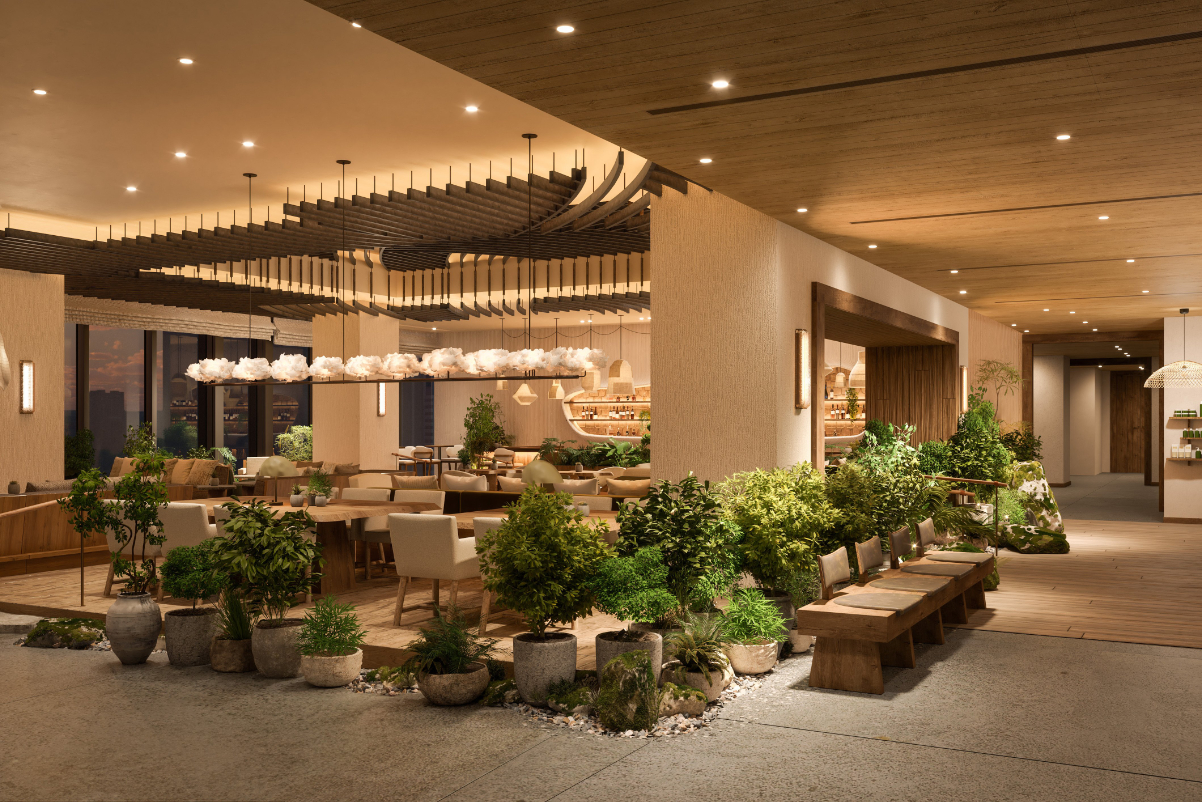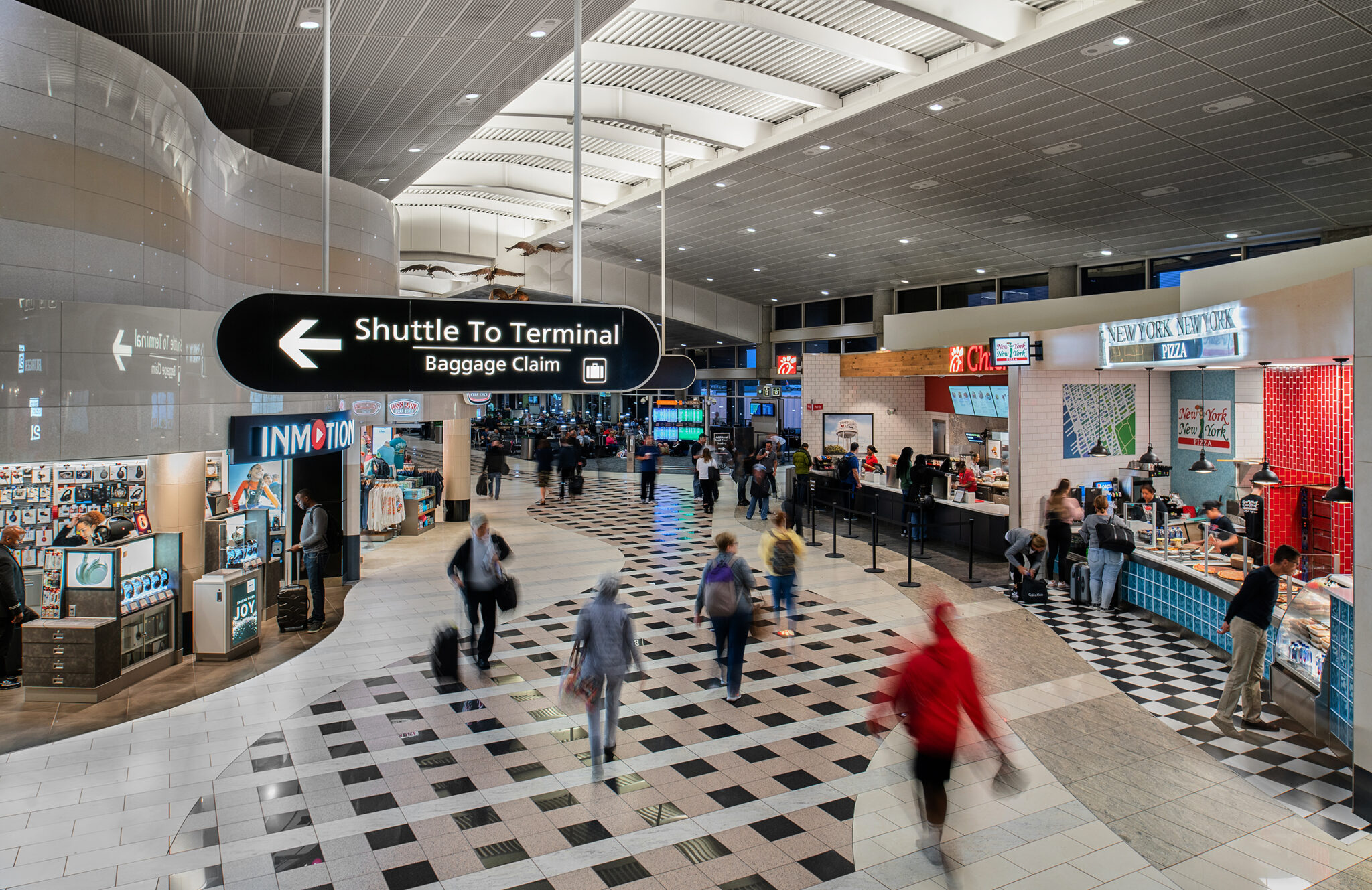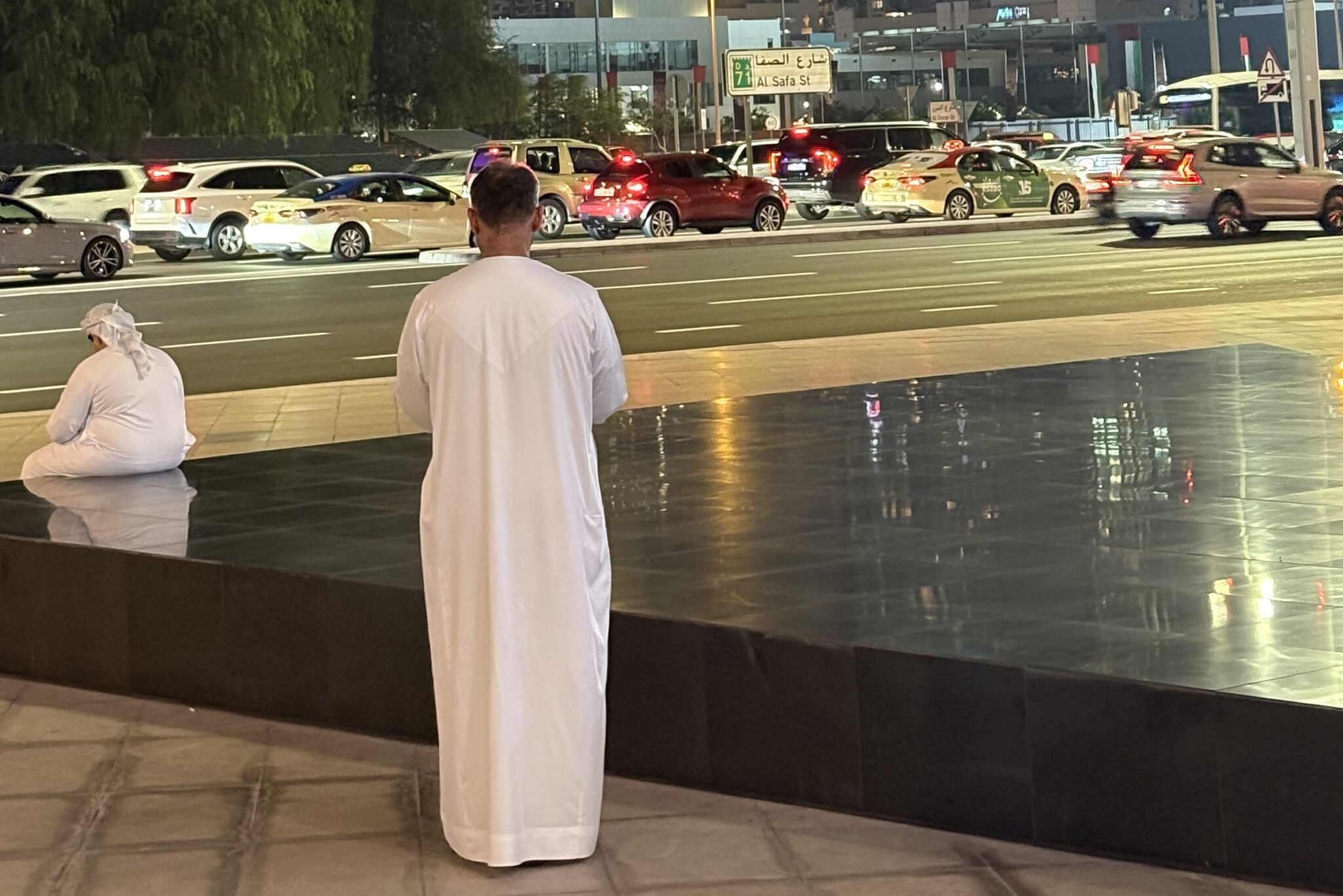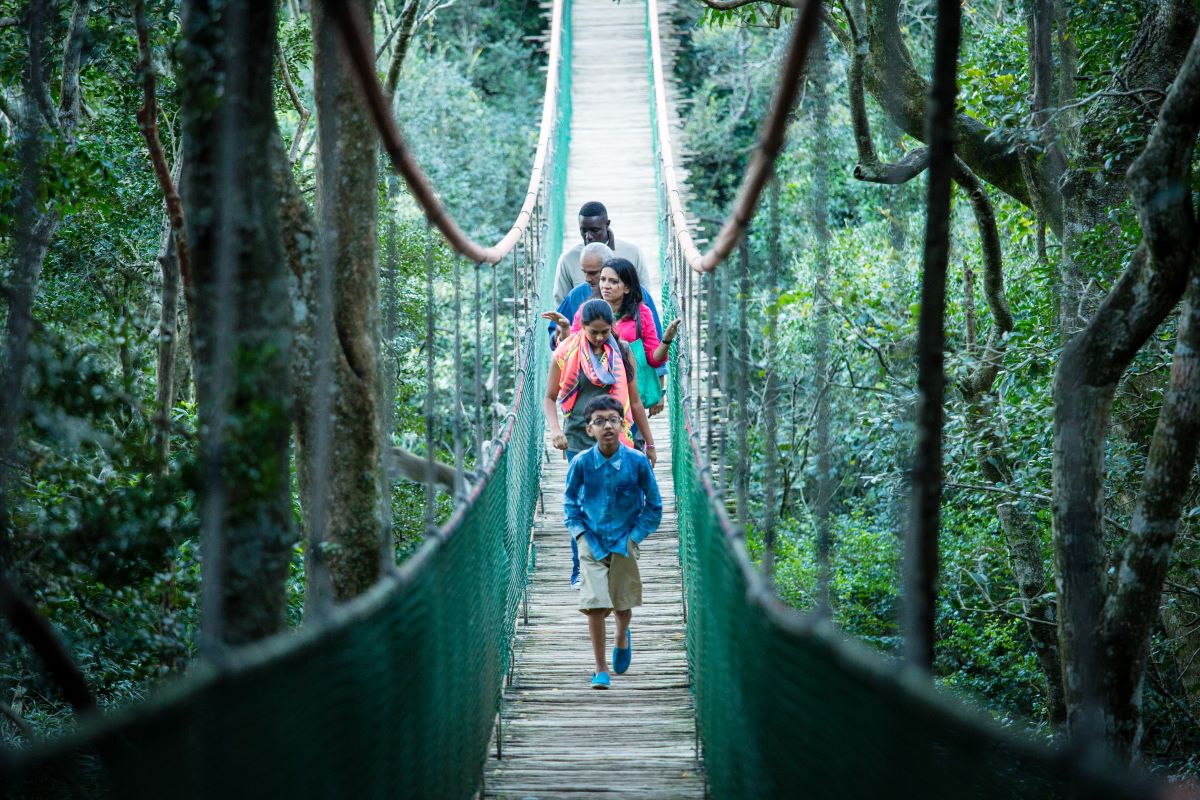Disneyland listens to its Latino audience, expands Three Kings Day celebration
Skift Take
Disneyland is marking Three Kings Day in a big way this season, another milestone in the mainstreaming of a holiday that is beloved in Latin America and other cultures around the world.
The Christian holiday — also known as Twelfth Night or Feast of the Epiphany — takes place Jan. 6, ending the 12 days of Christmas. Many Hispanic communities in the U.S. celebrate Three Kings Day with parades and performances depicting the Biblical story of three kings following a star to find the baby Jesus, bringing gifts of frankincense, gold and myrrh.
Disneyland spokeswoman Michele Himmelberg said the theme park in Anaheim, Calif., "launched the Three Kings Day celebration last year as a test. It was a big success, particularly with the Hispanic community, and we're expanding it this year to a larger area."
The park will host Three Kings Day on Jan. 4 to 6 at the Big Thunder Ranch Jamboree in Disneyland's Frontierland. There will be Mexican folklorico dancing, mariachi musicians, photo ops with Disney characters and bilingual hosts offering face painting, crown making and other children's activities. Food carts will serve sweet corn tamales, chimichangas, Mexican hot chocolate and king cake, which is a round, sweet, doughy cake called rosca de reyes (king's ring).
"I love the fact that Disney is doing this," said Evette Rios, a correspondent with ABC's "The Chew," who grew up celebrating Three Kings Day with her Puerto Rican parents in Brooklyn, N.Y. "It means a lot. This is the changing face of America. We are becoming more open to different holidays and traditions. I don't have a homogenous view of what America is and I'm glad Disney doesn't either."
As a child, Rios said, she'd leave a dish of water under her bed for the three kings' camels — "actually for the horses because there were no camels in Puerto Rico" — along with grass to represent hay. The next morning, she'd find small toys hidden in her shoes, gifts left by the kings.
Rios still celebrates the holiday by attending a parade in East Harlem in Manhattan organized by El Museo del Barrio, a museum devoted to Latin American and Caribbean culture. The colorful parade, in its 36th year, includes costumed actors, floats, bands and real camels. It's always held on a weekday — this year Jan. 4 — so schools can participate.
In Miami, three kings of basketball — Heat superstars LeBron James, Dwyane Wade and Chris Bosh — are grand marshals of the 43rd annual Three Kings parade in the Cuban-American neighborhood of Little Havana. The parade is scheduled for Jan. 20 along Southwest Eighth Street.
The holiday has a French accent in New Orleans, where Twelfth Night kicks off carnival season, culminating in Mardi Gras. Each Jan. 6, the mayor and leaders of top Mardi Gras krewes — organizations that host carnival parades and balls — meet at historic Gallier Hall to serve king cake, which in New Orleans is called galette des rois and is iced in purple, green and gold, the colors of Mardi Gras.
Both the French and Mexican cakes have a toy baby representing the Christ child baked inside, but Mexican king cakes are usually topped in Christmas colors of red and green, colors also found in the Mexican flag.
Ricardo Cervantes, co-owner of La Monarca bakeries in Southern California, says they sell thousands of king cakes from their stores in East Los Angeles and the largely Hispanic city of Huntington Park. But surprisingly, sales are also strong at a Santa Monica location "in more of an Anglo neighborhood. People who are not Mexican, they are intrigued," he said. "We also get a lot of people now bringing a cake into the office." A new La Monarca opening this month in Pasadena will also carry king cake.
Huntington Park hosts a large Three Kings celebration, as does Olvera Street in downtown Los Angeles, a block-long historic attraction showcasing Mexican culture where a candlelight procession takes place each year.
Other Three Kings Day celebrations around the country include a parade in the Humboldt Park neighborhood of Chicago; a bilingual performance of the Biblical story that's been staged for more than three decades at the GALA Theatre in Washington D.C., and festivities at the Latino Cultural Center in Dallas and The Children's Museum of Houston. Schools in Hartford, Conn., which has a large Hispanic population, close when the holiday falls on a weekday.
New Mexico's tribal communities, called pueblos, host ceremonial dances on Three Kings Day in a tradition that dates back centuries to the influence of Catholic missionaries in the Spanish colonial era. Jan. 6 is also when new tribal officials are installed in a ceremony called the blessing of canes or transfer of canes. In Santa Fe, N.M., a play about the three kings has been performed annually for more than 50 years by the Caballeros de Vargas, a Catholic service organization.
In Tarpon Springs, Fla., home to a large Greek-American population, the Feast of the Epiphany is marked with a Jan. 6 event called the Cross Dive, where teenage boys dive into a bayou to retrieve a wooden cross. At Disney World near Orlando, Fla., actors portray the three kings at Epcot Center's Mexico Pavilion as part of the theme park's "Holidays Around the World" event through Dec. 30.
Cervantes, the bakery owner, says that traditionally, the person who gets the cake slice with the toy baby must throw a party — "tamales and hot chocolate" for all. La Monarca puts two babies in a medium size cake, three in a large, so the cost of the party isn't borne by one person.
In New Orleans, the burden is a little lighter: Get the slice with the baby, you buy the next king cake.
Copyright (2012) Associated Press. All rights reserved. This material may not be published, broadcast, rewritten, or redistributed. ![]()




